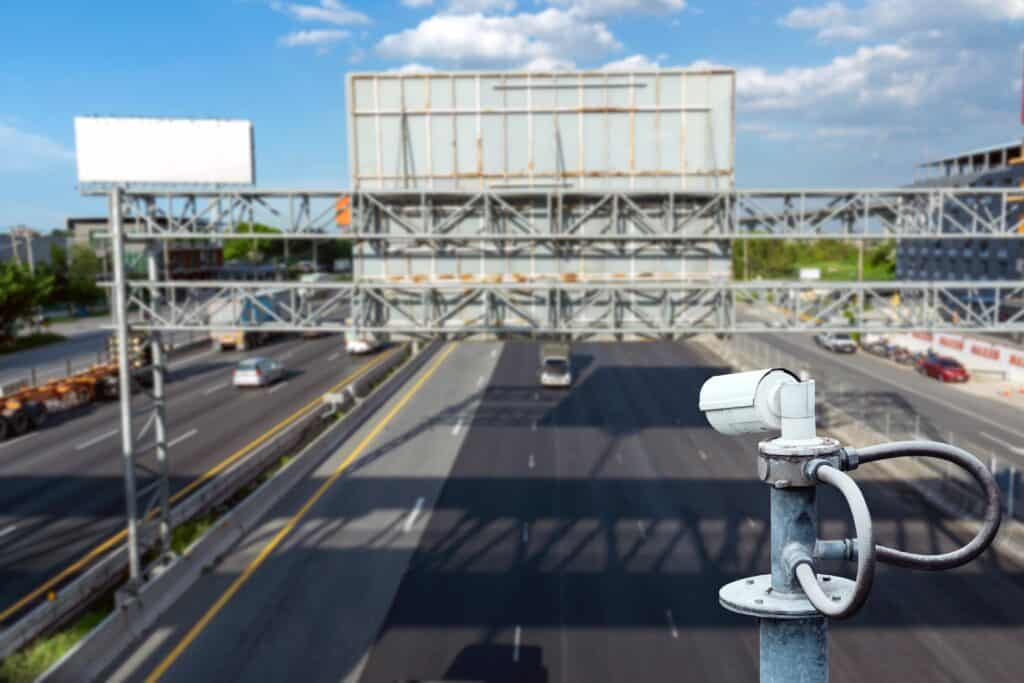
Steps taken to improve the safety of Smart Motorways
The government has taken steps to improve the safety of Smart Motorways following significant pressure.
Following heavy pressure and 38 fatalities, the Government’s taken steps to improve the safety of Smart Motorways.
New safety protocols have just been announced by Grant Shapps, the Transport Secretary, with Smart Motorways not allowed to open without radar technology in place to spot stopped vehicles.
What is a Smart Motorway?
Smart Motorways were introduced in 2002, with All Lane Running (ALR) versions arriving in 2014. They use traffic management methods – such as variable speed limits and using the hard shoulder as a running lane to control the flow of traffic – in a way that minimises cost, time, and environmental impact.
That’s because you don’t need to build additional lanes to implement Smart Motorways.
Key safety changes
Now, no new all-lane-running (ALR) motorways will be allowed to open without radar technology to spot stopped vehicles on the hard shoulder, which has been a safety concern since Smart Motorways were implemented in the UK.
That technology is set to be rolled out on all operational ALR roads by September 2022, while Highways England is currently upgrading Smart Motorway cameras to enable them to detect any cars driving in closed lanes. This is known as a ‘red X’ violation, which can be enforced by police.
Red X violations will result in drivers being hit with an automatic £100 fine and three penalty points once camera enforcement is operational. Tell your drivers!
Demand for safety precautions
Smart Motorways have been subject to significant scrutiny since their introduction, with measures laid out in a Stocktake Report on Smart Motorways in March 2020.
The report outlined an 18-point action plan that needed to be undertaken, including camera improvements and an advertising campaign to inform drivers of etiquette on the ALR roads.
The ALR versions have been linked to more than 38 deaths since their introduction in 2014, with a high-profile corporate manslaughter case referring Highways England to the Crown Prosecution Service earlier this year after motorway monitors didn’t detect that a vehicle had broken down.
Making progress
A year since the recommendations in the Stocktake report, Highways England stated that fatality rates on ALR motorways are lower than on any other type of road in the UK.
Despite this, some experts have expressed concern that cameras enforcing ‘red x’ closed lane signs will not be fully operational for another 18 months, despite good progress being made on Smart Motorway safety.
Experts are also advocating an increase in the number of emergency refuge areas so that they can be placed around three-quarters of a mile apart, as well as improving the accuracy of the stopped vehicle detection technology.
How confident do you feel when you’re driving on a Smart Motorway? And how will the changes affect your fleet? Tell us at [email protected]

